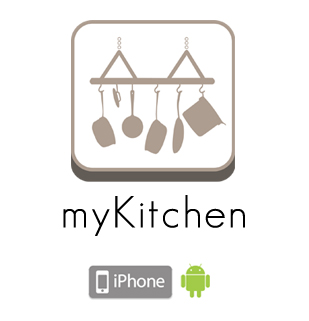After watching the Seattle Seahawks painfully dominate the Denver Broncos in Super Bowl XLVIII, I was struck by the explosive nature of the Seahawks. They applied constant pressure on Manning and seemed to burst out of nowhere to quickly surround nearly every Bronco that ran or caught the ball. Puzzled, I wondered about each team’s diet. A quick, non-scientific search led to the following (emphasis added):
Seattle Seahawks
In an article published in the Seattle Times on January 8, Tan Vinh discusses the Seattle Seahawks’ diet with team chef Mac McNabb. The diet appears to be mostly Paleo:
“eggs, … 60 dozen a week … whipped eggs for omelets”
“burrito …” “Gourmet, luxurious stuff”
“tortilla stuffed with organic veggies, organic sausage and free-range eggs”
“egg-white omelet, this time with chicken sausage, mushroom, onion and cheddar, topped with a dollop of salsa”
“smoked a 24-pound turkey, made gallons of smoothies, baked organic blueberry scones and endless trays of bacon and organic chorizo”
“team goes through 50 pounds of fish and 60 pounds of beef every week”
“fresh-fruit buffet”
“salmon entrée”
“all organic and premium meat — grass-fed beef, free-range chicken — and few if any genetically modified foods”
“salmon teriyaki, smoked briskets and what may be the most decadent gumbo in the city, brimming with medallion-size scallops, cod, salmon, mussels, clams — all fresh or wild caught — along with andouille sausage”
“turkey burgers”
“pistachio-crusted Ono fish”
“Hawaiian BBQ”
“chicken from Popeyes, which the team gets on Friday when lunch is catered”
“beverage aisle of a convenience store with rows of water, V-8 juices and yogurts”
“Snacks are jerkys and granola bars stacked in plastic bins labeled “buffalo,” “turkey” and “honey sunflower seeds.”
“No sodas or junk food, but there are fresh-baked cookies on Thursdays.”
“No deep-fried food made in the kitchen. Even French fries are baked.”
“For post-practice, when McNabb puts out a pasta station, many players will shun a carb-loaded meal for something lighter.”
Vinh concludes:
“The days of seeing players like former defensive tackle Chad Eaton eat three, 22-ounce porterhouse steaks in one sitting are few and far between.”
“Take safety Kam Chancellor. At a recent breakfast, sporting a red Air Jordan hoodie and headphones, the 6-foot-3, 230-pound defender strolled in at 7:30, skipping the eggs and bacon for a bowl of oatmeal with brown sugar.”
“And quarterback Wilson had the most sensible (though maybe not the most appetizing) breakfast of the bunch. He grabbed a modest bowl of steel-cut oats, the portion size more fitting for a runway model. He then took a bowl of grapes and headed to the film room instead of mingling with teammates. He circled back later to request one fried duck egg.”
Denver Broncos
On the DenverBroncos.com site Stuart Zaas talks with linebacker Von Miller “about the importance of nutrition.” In the article team Nutritionist Brian Snyder provides an overview of the Broncos diet. With its carbohydrate focus, it is more representative of the standard modern diet:
“Typically, at the hotel I usually don’t vary the menu up too much because guys like consistency. We usually have a pretty good variety of pastas, proteins, cornbread, starches – it’s very carbohydrate focused with lean sources of protein and then at the stadium I have my normal snack table full of Gatorade bars. Guys like their routine. During the week I’ll change up the menu quite a bit but pregame I try to keep it consistent.”
Sources






